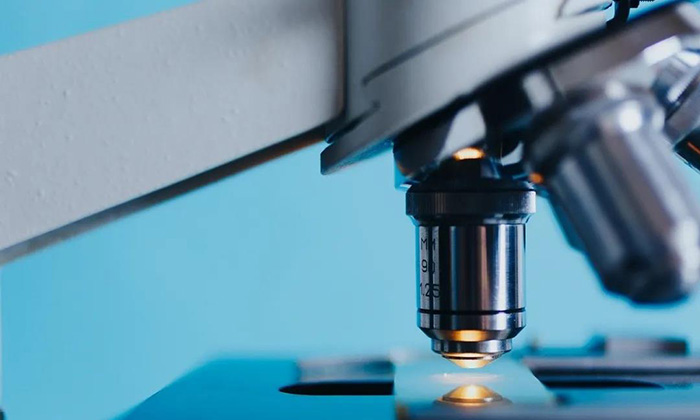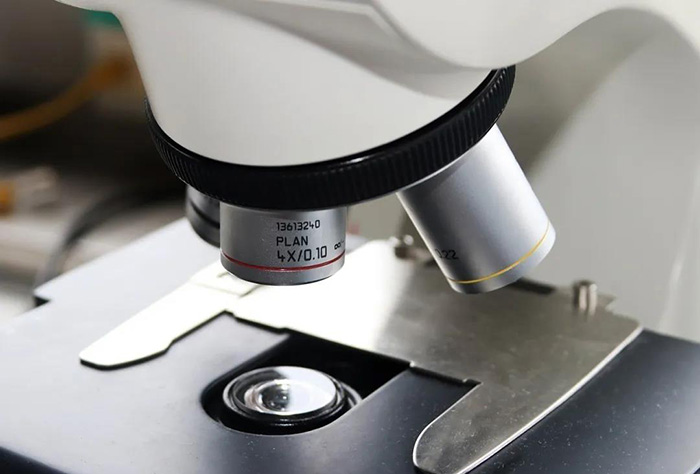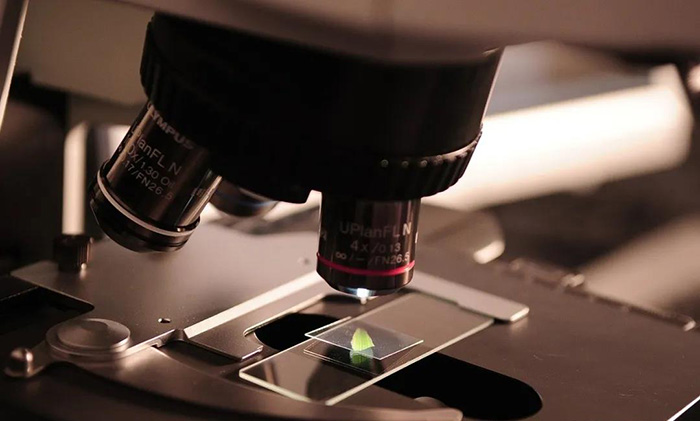How to select cover glass for the highest objective resolution?
In the laboratory, high numerical aperture (high magnification) objective lenses are most effective, while low numerical aperture objective lenses are rarely effective.

Why is cover slide thickness important
Most microscope objectives are marked with the optimal laboratory microscope cover glass thickness. For most objectives, it is 0.17 mm.
About the number on the objective lens
The correct microscope glass cover thickness is important for the optimal resolution of a given objective lens. But don't go for the more expensive 0.17mm cover glass, go for the thinner, cheaper ones (explained below).
In general, the greater the numerical aperture of the objective lens, the greater the loss of resolution if the wrong cover glass thickness is used. For some large objective lenses, a cover glass microscope slides just a few microns thick can significantly reduce resolution. Therefore, some more advanced objective lenses have a correction ring. This is an adjustment ring that can be turned to adjust the objective lens to match the actual cover glass thickness being used.

The importance of sealing piece
The optimal cover glass microscope thickness for many objective lenses is 0.17mm. Now, why is the most common cover slide # 1 (0.13-0.16mm) thinner than the calculated best value?
The answer is a bit complicated: the thickness of the cover glass is not the only important parameter.
The sample is embedded in the sealing plate. The thickness of the seal must be added to the thickness of the glass cover. The specimen located deep in the cover glass has a greater "effective" cover glass thickness than the specimen located directly under the cover glass.
Therefore, the calculated (ideal) cover slide thickness of 0.17mm is a good compromise, even if the "real" cover slide is thinner.
In addition, the refractive index of the sealing plate also plays a role.

How to determine the thickness of cover glass
Inexpensive microscope slide cover slip glass for non-critical conventional observations will show a statistical distribution of different thicknesses. There are also a variety of cover slides showing a narrower thickness distribution. Some people buy cheap lid slides and use a caliper to manually measure their thickness to sort them.
Is it worth it? The difference in slide cover glass microscope thickness may not even be significant when using low power objectives with low numerical aperture, and more expensive preselected cover glass may only be necessary for specific applications where high resolution is required and the objective does not have a correction ring.
Incidentally, the thickness and refractive index of the seal also affect the resolution, and the thickness of the seal may be more difficult to standardize.

Post time: Sep-29-2021




